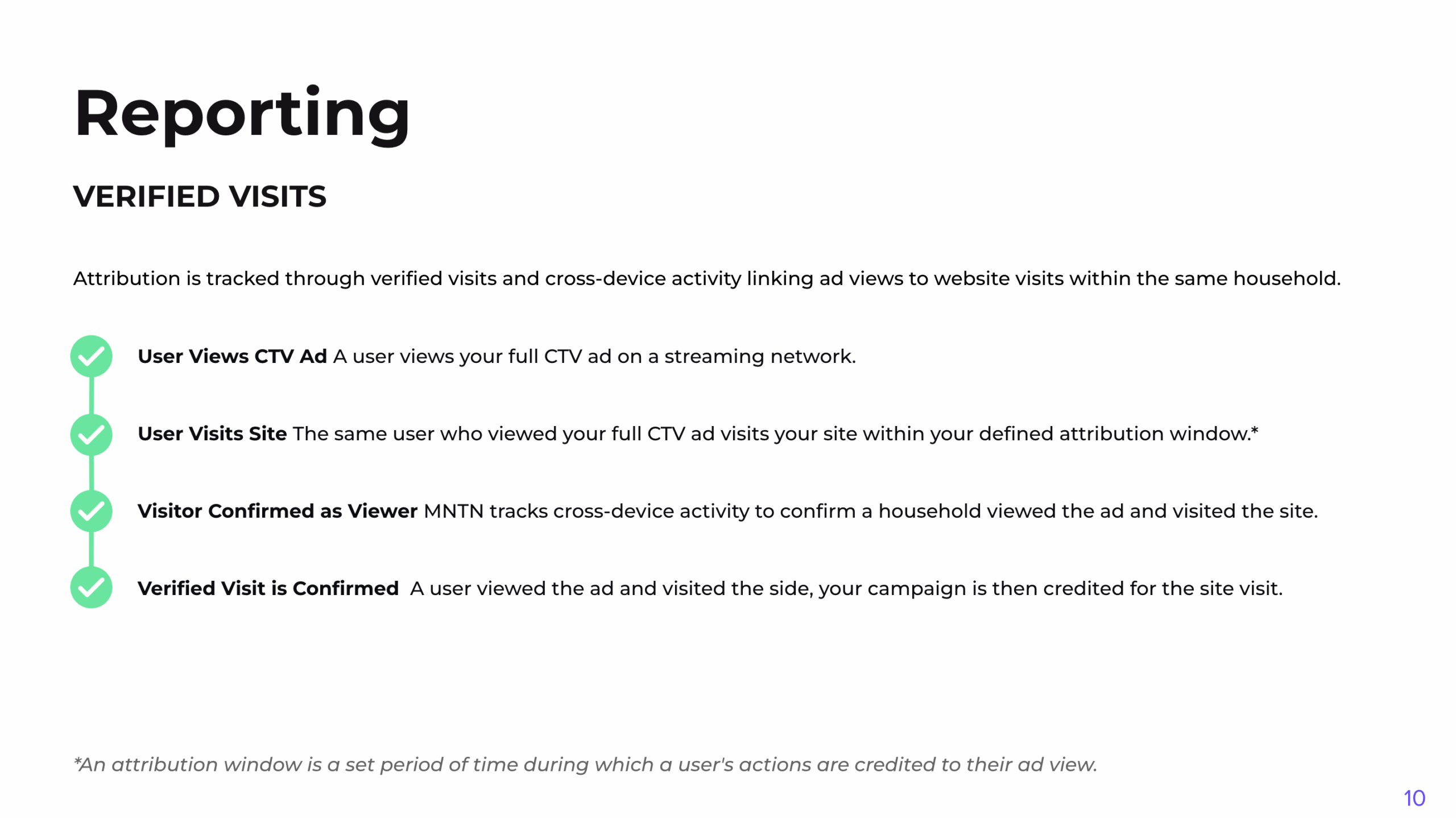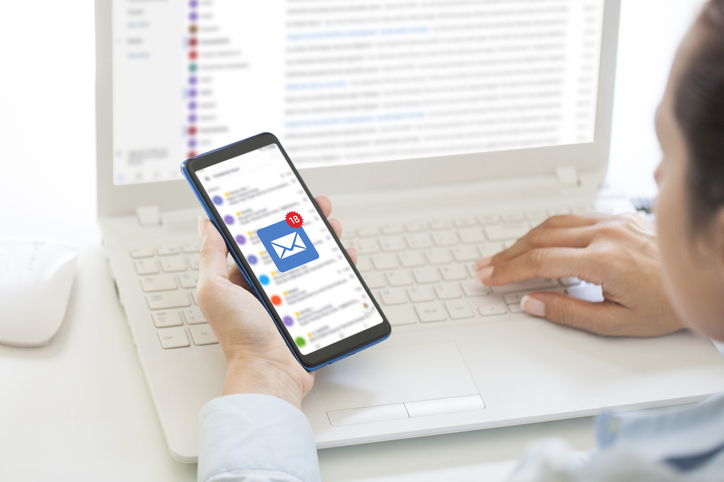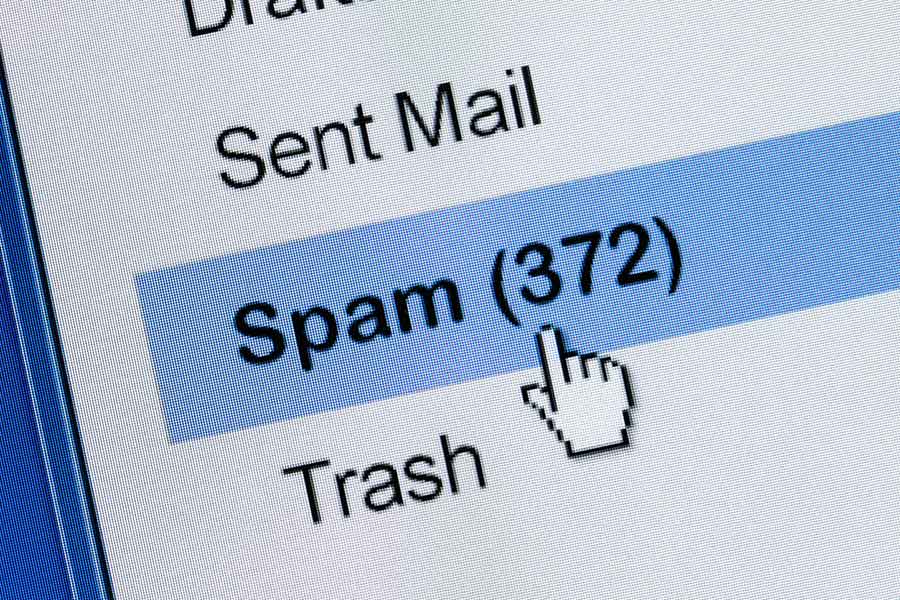Every month, our team experiments with new marketing tools, platforms, and ideas. Some work better than expected, some surprise us, and all of them teach us something worth sharing.
#1: Connected TV
If you’re part of the “More Marketing Acronyms” fan club, we’ve got good news. That’s right. More acronyms and more confusing-sounding platforms and services that really are pretty straightforward.
The team put together a presentation on Connected TV for a higher education client interested in the “channel.” In the last two years, we’ve tested Disney’s self-service agency suite, Hulu, YouTube Connected TV, and MNTN. We’ve been kicking the tires a bit more aggressively on MNTN’s agency tools and are impressed with the targeting capabilities and the huge range of channels. Here’s slide ten from our deck on the attribution capabilities compared to traditional broadcast media. Spoiler alert, it’s way better.

#2: “Thursdays With ____.”
Each week, we highlight a different person on the team, a community member, a thought leader, or a subject matter expert to come in and teach us something.
This week, it was Thursdays with Andy, and the topic was AI agents. Andy is our Director of Growth, and he’s often rolling up his sleeves on bleeding-edge technology trends to support the efforts of our team and our clients. This week, the session was focused on AI Agents, starting with what the heck is an AI agent? To start, Andy demonstrated how he built an AI agent to read our client’s Google Analytics data and convert that into actionable insights.
And sure, we’d heard of AI agents, but it wasn’t something we were actively building in early 2025 … or really would know where to start in the process. That’s all changed. Andy demonstrated AI agents helping to add insight to our reporting that would otherwise have gone unnoticed.
#3: Instagram Highlights
If your Instagram Stories are still disappearing after 24 hours, you might be missing a huge opportunity.
Instagram Highlights are those little circular icons sitting right below your bio, and they might be the most underutilized marketing tool in your arsenal. Think of them as your zero-cost “micro website” that lives right inside Instagram: no app downloads, no platform jumping, no friction.
We recently revamped a tourism client’s Highlights strategy, and the results? Their profile transformed from a basic Instagram page into a strategic content hub showcasing tour packages, wildlife encounters, and glowing client testimonials – all permanently accessible.
Here’s what caught our attention: brands using strategic Highlights see 20% higher engagement and 30% more profile visits. But here’s the kicker, 50% of users who engage with Highlights actually visit the brand’s website afterward.
The game-changer is permanence. While Stories vanish, Highlights work 24/7 to guide prospects through your brand experience. We structure them like a sales funnel: awareness (your services), consideration (case studies), conversion (clear CTAs), and retention (testimonials).
Bottom line: stop thinking of Highlights as an afterthought. They’re your always-on sales team.















